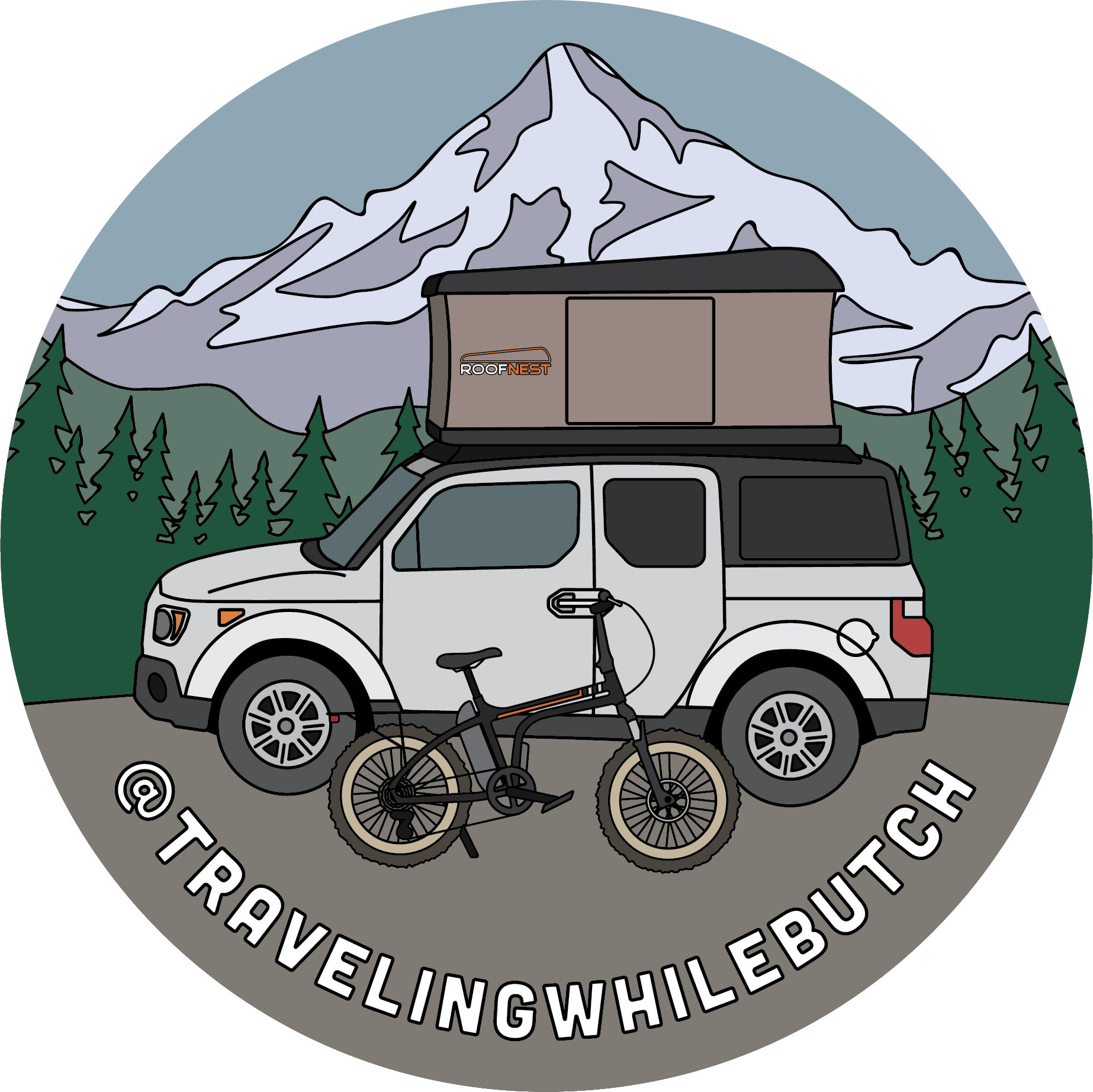Small Town Living in Spain: Santo Domingo de la Calzada
The view from the tower in town.
My sister and I volunteered as hospitaleras in a pilgrim albergue (hostel) on the Camino de Santiago de Compostela. Our job was to run a pilgrim hostel for two weeks straight, with no breaks. We had about three hours every morning to wander around town, go grocery shopping, and explore the sights. I plan to write more about our experiences volunteering in a later post, until then, I want to share some of the neat things we discovered in this small Spanish town.
When in Santo Domingo....
Santo Domingo de la Calzada has a population of 6260 and sits about 73 miles east of Burgos, which is a major city in northern Spain. The city is named after Santo Domingo de la Calzada (Saint Dominic of the Highway) who established a pilgrim hospital, a pilgrim hostel and a bridge here. It is also probably most well-known for the Miracle of the Cock and Hen.
Our time in Sto. Domingo was wonderful and difficult at the same time. I'd like to go into a little more detail about what was great and what we struggled with to provide an idea of what it's like to live in a small town in Spain.
A local walking path in town.
ProsGetting to know the locals: Because of our situation working at the albergue, we were able to meet and chat with many of the locals. We also had our "regular" stop every morning to get a cafe con leche and a pastry. Sometimes we had to rotate our regular morning stop due to closures for rest days. We frequented the same grocery stores, butcher shops, vegetable shops and gift shops over the two weeks we were there. It was nice to be recognized.
There's always a festival or holiday: I think this is true of most European cities, but especially true in small towns throughout Spain. We had missed an important religious festival two days prior to our arrival. Lucky for us, at the end of our stay, we were able to experience the Chestnut Festival in Sto. Domingo. There were fresh roasted chestnuts for sale in addition to local meats, cheeses, breads, honey, nuts and other local delicacies from the La Rioja region. It was like an upscale farmers market. Everyone in the community came out for the festival, enjoying the food and festivities.
Slow travel is good: The more I travel, the more I have slowed down. I actually prefer to stay in one spot for a while to get to know the area. Even though we didn't have a car to get around, we were still able to see most of the town just by walking around. It was nice to know we weren't leaving after just a few days. I liked it.
Best way to learn the language is full immersion: While I had hoped my spanish would have come along a little bit better, after two weeks, I was able to understand more and my vocabulary was improving too. The people we encountered were very kind and spoke slower when we asked so we could understand.
Learn the local history: We were fortunate that we were in a town with a very rich history. They had a tourism office next door to the albergue and we had some information in english to look at. The cofradia, who operated our albergue, play an important role in Sto. Domingo. One of the members, Julian, gave me a private tour of their building. This tour included a special room for important ceremonies, a museum of the highway, as well as a room dedicated to the cofradia's memorabilia. We learned quite a bit about Sto. Domingo and it's importance on the Camino de Santiago during our stay.
Cons
Language barrier: Even though my spanish improved over the two weeks, there was still a large language barrier when it came to communicating with the cofradia members and the pilgrims coming into the albergue. The majority of our pilgrims were spanish-speaking, followed by french, german and italian. English was spoken by many pilgrims, which helped, but I never expected anyone to speak english. It helped that I had "cheat" sheets of basic words/phrases in four of the languages spoken on the Camino. I just wished I had studied up on my spanish more beforehand.
Difficult to get to: We didn't realize there was a direct bus from Madrid to Sto. Domingo, so we took a bus from Madrid to Burgos, spent the night, then took another bus from Burgos to Sto. Domingo. Small towns require more planning and knowledge to get to. Sometimes there is only one or two busses each day going through town. I think the inconvenience is worth it, though.
Transportation issues once you are there: Most small towns do not have public transportation. There is no need for it. You can usually walk to wherever you need to go. So, if you want to drive around the area, you need to get really familiar with whatever local busses run through town and where they go. While we were in Sto. Domingo we found out about two monasteries on the UNESCO World Heritage list we would have liked to go see. Unfortunately, we would have had to book a taxi to take us there and back. It was cost-prohibitive to do so.
Our time in Santo Domingo de la Calzada was very special. I felt like we had become a part of the community in the short two weeks time we were there. I can't wait to return in a couple of years to serve again as a hospitalera. I am also looking forward to trying out small town living in other countries and regions around the world. Give it a try!
